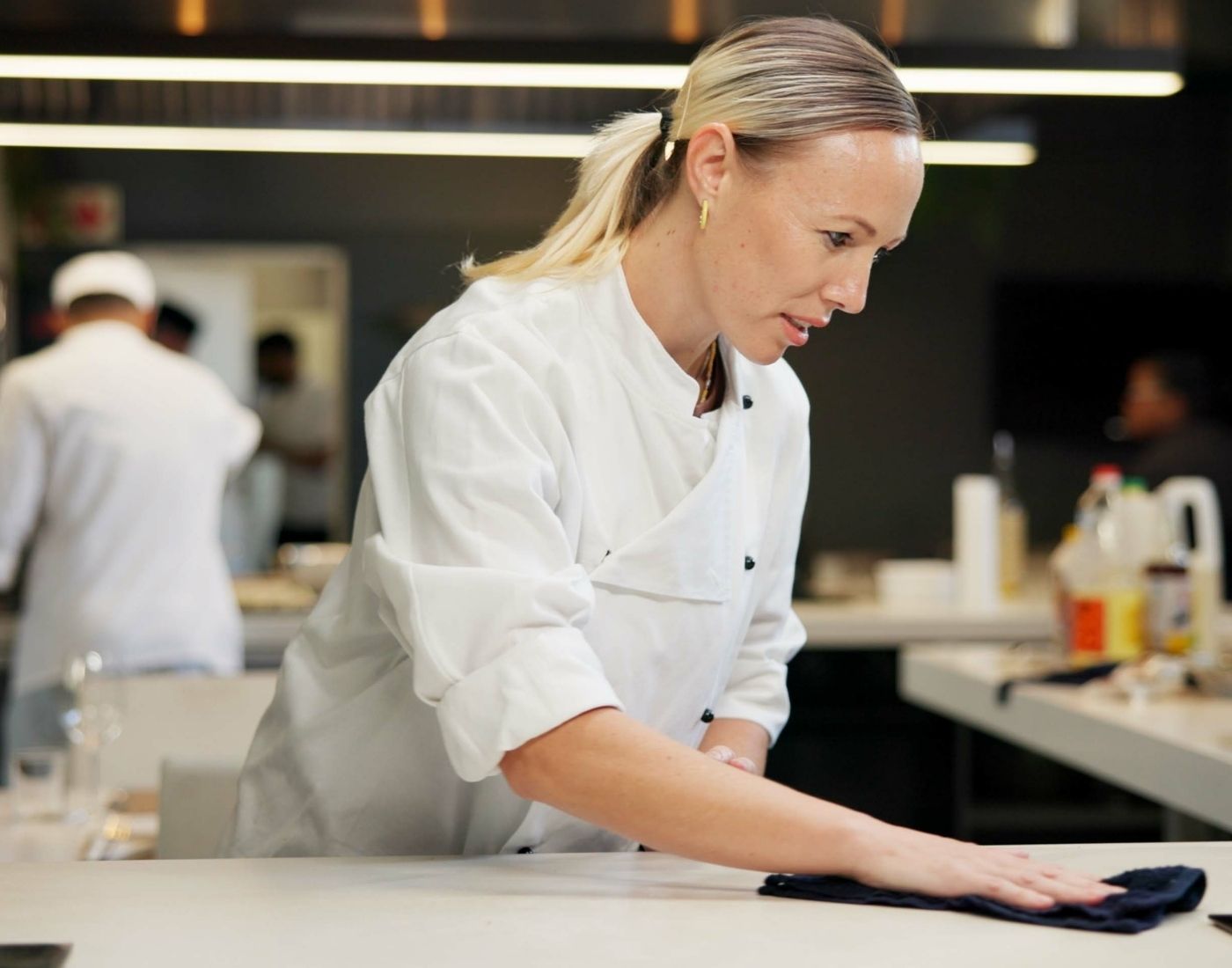Good food hygiene is important to make sure the food you provide is safe to eat. Find all the information you need on food hygiene, from staff training to food preparation and storage.
Food business hygiene guidance
Good food hygiene is vital for keeping food safe, meeting legal standards, and earning customer trust

Good food hygiene practices
Follow the 4Cs
Following the “4Cs” of food hygiene, cleaning, chilling, cooking and avoiding cross-contamination will help you prepare, make and store food safely:
Cleaning effectively to remove bacteria on hands, equipment and surfaces, helping to stop harmful bacteria from spreading onto food.
Defrost raw food in the fridge in a covered container on the bottom shelf away from cooked foods. Bacteria loves to grow at temperatures above 8°C so it’s important to keep meat cold when defrosting.
Always check meat is fully defrosted before cooking.
To cook food safely:
- always follow the cooking instructions according to the recipe or label
- check that food is cooked completely before serving - make sure the food is steaming hot
- use a food thermometer to check food is cooked thoroughly, food should be 75°C or above in the thickest part
Cross-contamination happens when harmful bacteria spread between food, surfaces, or equipment. To keep food safe:
- do not wash raw meat or poultry
- store raw and ready-to-eat foods separately - use different shelves or sealed containers to avoid contact
- wash your hands with warm, soapy water after handling raw foods (like meat or fish) and before touching ready-to-eat items (like salad or bread)
- use separate chopping boards and utensils for raw and ready-to-eat foods. If you must reuse them, wash thoroughly with hot water and detergent between uses
Cooksafe and HACCP
Everyone involved in the food industry is aware of the importance of good food hygiene practices and of the need to handle food in a safe, clean environment.
CookSafe helps catering businesses in Scotland understand and implement HACCP-based systems. By reading this manual and following the instructions, you'll be able to develop HACCP-based procedures that fit your business needs.
Food hygiene ratings and inspections
If you serve or supply food direct to the public, you may be covered by the Food Hygiene Information Scheme (FHIS).
The FHIS scheme provides consumers with information about hygiene standards in food premises at the time they're inspected. It effectively 'opens the door' to the kitchen or food areas in your business.
Inspections are carried out by a local authority food safety officer. They check that your business complies with food hygiene law and that food is safe to eat.
Store food safely
Storing food correctly is essential to keep it safe and protect it from harmful bacteria, chemicals, and contamination. Different types of food need different storage methods to stay fresh and safe:
- dry goods like pasta, rice, and flour should be kept in sealed containers in cupboards or on shelves
- perishable items such as dairy, meat, and leftovers must be stored in a fridge
- frozen foods should be kept in a freezer at the correct temperature
Moving food safely
Whenever you move food - whether from your premises to an event, or from a supplier to your kitchen - it’s vital to protect it from contamination by dirt, bacteria, or other hazards.
To keep food safe during transport:
- use secure packaging or containers that shield food from contamination
- keep chilled and frozen items at the correct temperatures. Many businesses use cool bags, insulated boxes, or refrigerated vehicles
- always separate raw and ready-to-eat foods to avoid cross-contamination
Staff training
Food business operators (FBOs) should make sure that all their staff are trained in food hygiene and food safety.
We have free online food training courses, including allergen training.
Business guidance
Our business guidance will help you to produce and sell safe food.
